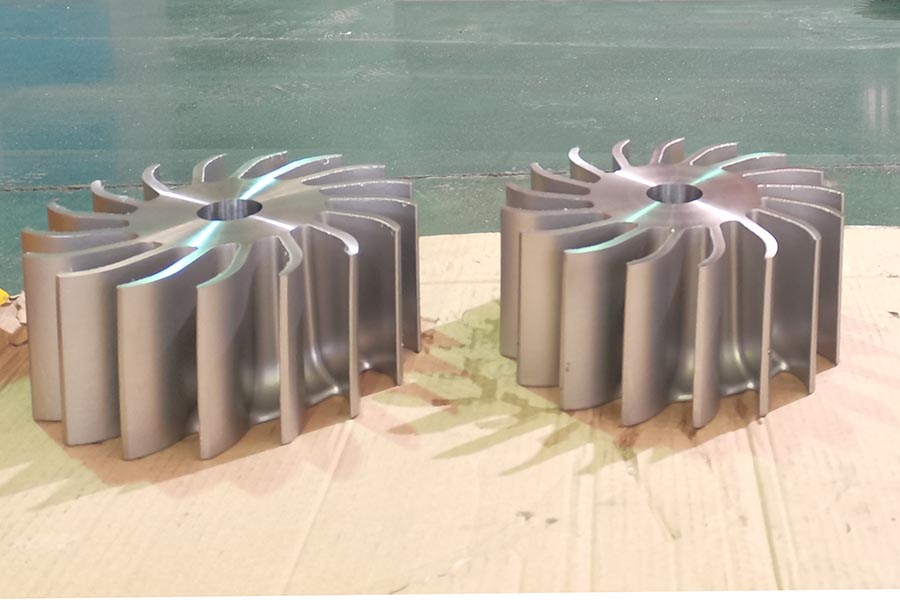For stainless steel castings, each chemical composition plays a different role on the corrosion resistant performance and mechanical properties. Here in this article we try to introduce the role of each common element in stainless steel.
1. Carbon
Carbon forms carbides in steel, which is extremely harmful to the corrosion resistance of austenite. Therefore, the lower the carbon content in stainless steel, the better. Of course, when the carbon content is too low, the reduction in the strength of stainless steel needs to be considered. The development of molten steel refining technology, especially the application of argon-oxygen decarburization refining (AOD), has made ultra-low carbon easily available.
2. Chromium
Chromium is the basic element that makes stainless steel have corrosion resistance. When the mass fraction of chromium exceeds 12%, the corrosion resistance of steel changes suddenly. Therefore, the mass fraction of chromium in stainless steel is generally above 13%. In this case, stainless steel has resistance to atmospheric oxidation and acid corrosion at room temperature and high temperature. The main function of chromium is to make steel resistant to corrosion by oxidizing media. For non-oxidizing media, chromium is worse than molybdenum, nickel and copper.
3. Nickel
Nickel is an element that promotes the formation of austenite and at the same time has certain corrosion resistance. When nickel is added to pure iron, especially when the mass fraction of nickel exceeds 20%, alloy steel has good corrosion resistance to sulfuric acid, hydrochloric acid and alkali substances. When steel contains only one element of nickel, it has no special superiority compared with nickel-chromium steel or chromium steel, except for the corrosion conditions of concentrated caustic alkali solution. Therefore, nickel is generally used in conjunction with other elements to enable stainless steel to obtain excellent comprehensive properties.
4. Manganese
Manganese is also an austenite-forming element, which can replace nickel to make stainless steel obtain austenitic structure, but the efficiency of manganese is only half that of nickel. In addition, manganese can slightly reduce the corrosion resistance of stainless steel.
5. Nitrogen
Nitrogen is an element that strongly forms austenite and can replace part of nickel. However, in the stainless steel casting process, the foundry should strictly control the nitrogen content in the stainless steel. When the nitrogen content exceeds a certain proportion, the precipitation of nitrogen and nitrogen can promote the precipitation of hydrogen, it is easy to form bubbles and looseness in the casting. Usually the amount of nitrogen added is 1% to 1.3% of the chromium content in stainless steel. Nitrogen is added in the form of iron chromium nitride or iron manganese in casting.

 русский
русский



